|
When it comes to freshness, there's nothing like a freshly picked garden pea. But most of us aren't growing them ourselves, and "fresh" peas in grocery stores are generally old enough that the sugars that make peas so delicious are converted to tasteless starch. Canned peas are generally overcooked and mushy. Fine for eating alongside mashed potatoes and meatloaf, but not so fresh-tasting. What's the solution? Frozen peas. Ironic, I know, but frozen peas are often so much better than "fresh" unless you've picked them yourself or get them the same day. To me, peas signal not only spring but also early summer - when mornings and evenings are still cool, even when midday is hot. In the Northeastern U.S., peas were historically on the menu as late as July 4th! They're popular in Scandinavia, too. I wanted some nice, bright color for my Scandinavian Midsummer Porch Party, and this fresh pea spread hit the spot. I've made Spring Pea Hummus before - and that's equally delicious. But I wanted something vegan this time. Fresh Pea Spread RecipeThis recipe definitely needs a food chopper or processor! You could use a food mill in a pinch, but you'll need to finely mince the onion, first. 1 bag frozen organic peas 1/4 sweet onion (I used Vidalia) 1 tablespoon lemon juice 1 tablespoon olive oil salt pepper Cook the peas in a little water on the stove or in the microwave until no longer frozen and just barely cooked. They'll be soft after thawing anyway. Add the peas and onions to the food chopper and pulse until well-mixed. Add a tablespoon of lemon juice and a tablespoon or two of olive oil and pulse again until as smooth as possible. If you're using a food mill, mince the onion as fine as you can before sending through the food mill with the peas, then mix in the lemon juice and olive oil by hand. Sample and add salt and pepper to taste. Serve on rye crisps or other crackers, or use as a sandwich spread. The Food Historian blog is supported by patrons on Patreon! Patrons help keep blog posts like this one free and available to the public. Join us for awesome members-only content like free digitized cookbooks from my personal collection, e-newsletter, and even snail mail from time to time! Don't like Patreon? Leave a tip!
0 Comments
A few weeks ago, COVID finally got me, and making myself a simple chicken noodle soup made me feel so nourished, even as I felt terrible. So when a friend told me she had also gotten COVID, feeling fatigued with a cough, I knew I had to make something and bring it over. But my friend is vegetarian, so chicken soup was out. What to make? Inspiration struck in the form of chickPEA noodle soup. I didn't have any intention of posting this recipe, but my friend thought it was so good she demanded I share, especially since vegetarian and vegan-friendly alternatives to chicken soup are often so few and far between. It is incredibly easy and quick to make, so even if you don't have anyone to cook for you, you can tackle this recipe. If you are feeling under the weather, this will perk you right up. To be honest, in many ways, I thought it was better than traditional chicken noodle soup, and it will probably go in regular rotation, especially when I'm not feeling well. Vegan Chickpea Noodle SoupThis soup relies heavily on the quality of your vegetable stock. I used Better Than Bouillon refrigerated organic vegetable bouillon doctored with some herbs and turmeric for color and flavor and it turned out lovely. It also scales up nicely and frankly, the bouillon is the most expensive ingredient! Everything else is eminently affordable. If you're feeding a crowd or want to double the recipe for a week of lunches or to freeze, you can. It's also extremely quick. The whole thing, including chopping vegetables, probably took about 30 minutes, start to finish. Which is nice when you're feeling under the weather or you need some comfort food in a hurry. 2 tablespoons fat (I used 1 each olive oil and salted butter) 1/2 cup sliced carrots 1/2 cup minced celery 1 small onion, minced (about 1/2 a cup) 1 clove garlic, finely minced 1 can chickpeas 4-5 cups water 4-5 teaspoons bouillon (less if you like a thinner, less salty broth, substitute 1 bouillon cube per teaspoon) a few generous shakes of ground turmeric a shake or two of dried thyme a pinch of dried marjoram a pinch of ground pepper 1 bay leaf a small handful (about the size of a nickel) of short spaghetti In a large stockpot over medium heat, sauté the carrots, celery, and onion in the fat until the onion is translucent. Add the garlic and stir well. Let it keep cooking while you drain, but do not rinse, a can of chickpeas. Add the chickpeas and water to the pot, then add the bouillon and herbs and spices. Bring to a boil, reduce heat to medium-high, and let cook until the vegetables and chickpeas are tender, 5-10 minutes. Then add the spaghetti and simmer/boil until the spaghetti is tender. Serve hot with plenty of fresh bread and butter, or biscuits (my friend felt well enough to make some garlic cheddar biscuits. I was jealous), or Saltines, or any other comforting carb you prefer. The vegetable bouillon I used does have tomato in it, so discerning palates will be able to detect a hint of tomato in the broth, but it's not particularly noticeable. If you are using boxed vegetable broth, add a tablespoon of soy sauce (an ingredient in the bouillon) or miso paste for some extra umami flavor and richness. The tender chickpeas really do mimic the flavor and texture of chicken, and the broth is almost identical. Don't skimp on the fat - you want some of that golden goodness floating on top. But my husband commented that it tasted less greasy than chicken noodle soup, and that he preferred this lighter version. From a distance, it even looks like chicken noodle soup. Keep this recipe in your back pocket when you are in need of some comforting. It's easy, inexpensive, and healthy. Just the ticket to get you feeling better. You could also easily riff this soup to substitute potatoes or rice for a gluten-free alternative to the pasta, add other vegetables like frozen peas and/or corn, and add cream or milk for a creamier broth. If you like your soup brothier, add more water and more bouillon. If you don't have chickpeas and want to substitute another type of legume like cannellini beans, I recommend adding them after the pasta is done cooking, otherwise you'll end up with beautiful, golden, bean mush. Chickpeas are a little sturdier and I find they often need extra cooking to soften them up a bit, but cannellini beans will start to disintegrate after a few minutes of boiling. I hope you haven't been sick recently, but this new extra-contagious variant is going around, and most of us have spent the last two years avoiding getting regular colds and the flu, so our immune systems aren't quite as up to the challenge as they might usually be. The season of spring also means pollen, leading to irritated throats and sinuses for some of you. This soup will make you feel better, whatever ails you. Stay healthy, dear reader. The Food Historian blog is supported by patrons on Patreon! Patrons help keep blog posts like this one free and available to the public. Join us for awesome members-only content like free digitized cookbooks from my personal collection, e-newsletter, and even snail mail from time to time! Don't like Patreon? Leave a tip! Last Monday I gave a talk on the history of vegetarian food, and the subject of my vegan dinner came up! So I thought I would take the opportunity to share the recipe with you, since so many have asked for it. This is one of my favorite recipes for an easy, delicious supper - perfect for cold weather - and is often in rotation during the fall and winter months. I call it French Lentil Bowl because I used French green Puy lentils, and Dijon mustard vinaigrette, but also because lentils vinaigrette is an old-school French dish. I use lentils vinaigrette in a variety of salads and other dishes (notably one delicious, but very rich, recipe for creamed Dijon lentils with ham I found in the French Vegetable Cookbook by Patricia Bourne), so it's safe to say I'm a lentil fan (don't believe me? Try the lentilwurst). They're quicker and easier to cook from dried than beans and the green Puy lentils (black Beluga lentils also work well) have a hearty texture and peppery flavor that I just love. If you've only ever had lentils in the murky brown soup, give this recipe a try. Vegan French Lentil Bowl RecipeThis recipe makes a lot, but also makes wonderful leftovers and reheats nicely. If the carrots and onions seem excessive, let me note that they are so delicious you will almost always regret not making more. 2 cups green/French lentils 3 cups water 2 bay leaves 1-2 cloves garlic (optional) 2 pounds carrots (baby carrots are fine) 3-4 red potatoes 3-4 yellow storage onions extra virgin olive oil sea salt dried thyme ground turmeric ground black pepper white wine vinegar Dijon mustard Preheat the oven to 450 F. Add the lentils, water, bay leaf, and garlic to a 2 quart pot, cover, and cook over medium-high heat. Once boiling, reduce to medium-low heat and continue cooking until the lentils are tender and all the water is absorbed (approximately 20 minutes). While the lentils are cooking, wash and cut the carrots. If using full-size carrots, wash, peel, and cut into thick julienne. Pieces should be no larger than your pinky finger. If using baby carrots (I like the rainbow heirloom ones for color), wash and cut fat ones in quarters, medium ones in half, and leave the skinny ones. Toss in olive oil and arrange in a thin layer on a half sheet pan. Sprinkle with thyme and sea salt. Then scrub and cut red potatoes into chunks about 1-2 inches square. I usually cut the potato in half lengthwise, then in half lengthwise again, then cross-cut into chunks. Toss with olive oil and arrange on a half sheet pan - it should take up about 2/3 of the space. Sprinkle with sea salt and add a few cloves of garlic to scent them, if you like. Then cut the root part off the onions, cut in half, remove the papery skin, and cut into finger-width slices. Toss with olive oil, a generous sprinkling of turmeric (1/2-1 tablespoon), sprinkling of black pepper, and arrange the onions on the remaining 1/3 of the baking sheet (you can do the tossing and stirring right on the baking sheet). Pop both sheets into the oven for about 20 minutes. Meanwhile the lentils are probably done. In a largish bowl, add at least 3 tablespoons of olive oil, at least 3 tablespoons of white wine vinegar, and 1-2 tablespoons of Dijon mustard. Whisk with a fork until well-blended, then add your hot lentils (fish out the bay leaves and garlic and discard) and stir well to combine. Let rest until the vegetables are done - they'll keep their heat. When the potatoes are tender, the onions melting, and the carrots browned and tender, pile about a half cup of each of the vegetables into a shallow bowl and serve hot. If you like, you can add a dollop of cold cottage cheese or some crumbles of goat cheese or feta on top, or garnish with toasted walnuts, but it's really delicious as-is. It's also a great and inexpensive way to feed a crowd. To turn it into dinner party fare, I recommend starting with a salad of baby greens with sliced Bosc pears and a sprinkling of walnut oil and pear vinegar, and serving the lentil bowls with either whole grain toast or garlic bread. Finish with a very French cheese course or simple baked apples, fruit crisp, or custard dessert (like clafoutis). This recipe is, of course, quite accidentally vegan. I did not develop it with the intent that it would be vegan, it just happens to be completely delicious without meat, eggs, or dairy. And since French food was all the rage during the First World War, I thought it a very apt addition to the Meatless Monday list. I hope you enjoy it as much as I do! If you make this recipe, share your thoughts in the comments, or tell me your favorite lentil dish! The Food Historian blog is supported by patrons on Patreon! Patrons help keep blog posts like this one free and available to the public. Join us for awesome members-only content like free digitized cookbooks from my personal collection, e-newsletter, and even snail mail from time to time! Don't like Patreon? Join with an annual membership below, or just leave a tip! White Christmas has a famous scene about sandwiches. In it, Bing Crosby (playing Bob Wallace) waxes lyrical on the types of women he dreams about when he eats various sandwiches as a bedtime snack. Rosemary Clooney (playing Betty Haynes) teasingly asks him what he dreams about when he eats liverwurst. Bob shudders in response. I'll be honest - I've never had liverwurst. Some people love it, some people hate it. Maybe someday I'll try it, but my vegetarian friend saved the day. The phrase "lentilwurst" popped into my mind and I decided to run with it. This recipe is the only one that isn't based on a historical recipe (for obvious reasons), but lentils were around in the 1950s and were used as a vegetarian substitute for meat. This recipe also takes after slightly the infamous vegetarian bean loaves and nut loaves of the late 19th and early 20th century. In fact, one of the recipes I considered for the menu was "Boston Roast," which is a take on meat loaf, only made with beans (hence Boston) instead. I based my recipe loosely on this one, but with a few tweaks of my own. Here's my version, which you could easily make vegan by using olive oil or butter substitute, and vegan mayonnaise. Lentilwurst (a.k.a. Vegetarian Liverwurst)1 cup red lentils 1 1/2 cups water 1/4 cup butter (half a stick) 1 pint baby bella mushrooms 1 teaspoon dried sage (not ground - use 1/2 teaspoon if using ground) 1 teaspoon smoked paprika 1/2 teaspoon ground ginger 1/2 teaspoon ground mace (can use nutmeg instead) 1/2 teaspoon black pepper 1/2 teaspoon onion salt 2 heaping tablespoons mayonnaise Rye bread Dijon mustard In a 2 quart saucepan, bring lentils and water to a boil, then reduce heat and cook until lentils are very soft and have absorbed all water (watch out for boiling over and stir occasionally). Meanwhile, clean and finely mince mushrooms. When the lentils are done, remove to a glass dish to cool. Wash the same saucepan and add the butter and spices. When butter is melted, add mushrooms and cook over medium to medium-low heat until the juices and butter are largely reduced. Mix mushrooms, lentils, and mayonnaise until well combined. Chill in a glass container in the fridge. When ready to serve, slice or spread onto rye bread that has been thinly spread with mustard. Eat open faced or closed. The lentilwurst sandwiches were the surprise hit of the evening. Everything on the menu was good, but this was so good I was very sad I hadn't made a double batch, and have since gone out and bought more mushrooms precisely so I can make more. The mushrooms and lentils gave it a meaty texture, and the salty, spicy flavors of the seasonings went very well with the rye bread and mustard (traditional liverwurst sandwich ingredients). I did not add onions or pickled onions to the sandwiches as I had considered, but that would be another lovely addition. We gobbled this right up with no regrets. Do you think lentilwurst goes with White Christmas (1954)? Let me know in the comments! And be sure to follow the White Christmas tag or visit the original menu post for the rest of the White Christmas Dinner and a Movie menu. Want to see more Dinner and a Movie posts? Make a request or drop your suggestions in the comments! The Food Historian blog is supported by patrons on Patreon! Join us for awesome members-only content like free digitized cookbooks from my personal collection, e-newsletter, and even snail mail from time to time! In one of my recent media interviews, a journalist asked what was my go-to pandemic snack, and this was the only thing I could think of. I made it pretty early on in the pandemic as a way to have something indulgent but still vegetable-y. It's not based in history really, just straight out of my brain. But it combines the best worlds of BLTs, tomato sandwiches, and creamy chip dips in one. I call this "BLT" Dip, but it doesn't actually have any lettuce or even bacon in it. And you can put bacon in it if you want to (heck, you could add a sturdy lettuce like chopped romaine, too, if you want), but the smokiness of the smoked Spanish paprika really does a better job, I think, at bringing out the smoky, salty, tastiness of bacon without the extra calories. It makes this dip more friendly for vegetarians, too! And you could replace with mayo and sour cream with all vegan mayo, if you want. The smokiness and creaminess is what makes this dip extremely tasty with potato chips and kind of addictive. It makes a lovely side to grilled foods, or as a light lunch or dinner for when it's just too hot to cook. If you garden and find yourself with a glut of cherry or grape tomatoes, this is a great way to enjoy them! Creamy, Smoky Tomato Dip Recipe1 pint cherry tomatoes 2-4 scallions pinch of salt 1 cup mayonnaise 1/4 cup sour cream 1-2 teaspoons smoked Spanish paprika Cut the cherry tomatoes in half lengthwise and then slice cross wise into chunks or slices. Place in a bowl and add a pinch of salt, stirring to combine. Then thinly slice the scallions, white and green parts, and add to the tomatoes. Add mayonnaise (at least 1 cup), sour cream (just a dollop or two), and the Spanish paprika, and stir thoroughly. Serve with potato chips - we prefer kettle chips. You could also theoretically pile this on toast and pretend it's an extra-delicious tomato sandwich. If you enjoyed this recipe, please consider becoming a patron on Patreon! Patrons get access to special members-only content, including blog posts and free digital cookbooks from my personal collection. And your support helps keep content like this free and available to everyone.
Yes, dear readers, I bought myself a birthday present. I was so excited, too! I had read an article about this cookbook a while ago, and was delighted to find it in print with what I thought would be some historical analysis. Alas, I was very wrong. This is one of those things where someone takes a public domain cookbook, puts a modern spin on the layout, and pretends it's new. SIGH. I hesitate to even call this a review, as I won't be recommending much about my present to myself. I purchased "Vintage Vegan: Recipes From the World's First Raw Vegan Restaurant." It's attributed to Vera Richter, despite the fact that the actual title of the cookbook she published in 1925 (and again in 1948) was "Mrs. Richter's Cook-less Book." Vera Richter was a proponent of raw food and veganism and she and her husband John opened a raw vegan restaurant in Los Angeles, California sometime after 1918. And guess what! There's a Fargo, ND (my hometown) connection! John's father Frederick Richter (a trained pastor) became a physician and pharmacist there in the 1870s in the very early days of settlement. John later studied the sanitarium style healthcare pioneered by John Kellogg and started treating his father's patients with natural cures. He married Vera in 1918 and they moved to California where they opened a restaurant they later calledv"Eutrophion," which is apparently Greek for "good nourishment." It's a pretty fascinating story and apparently the restaurant was fairly influential in LA's early health food and body building scene. But of course, none of that is included in the book. Which is a pity, because with a little effort the reprint could have been wonderful, instead of disappointing. Essentially, the "editor" of the cookbook, wrote a 2 page intro which reads like a Wikipedia article (except the actual Wikipedia article is more extensive) and added a couple of editor's notes on the recipes. The editor is also quite clearly a proponent of raw veganism, and thus takes any and all claims at face value, and adds a few of her own. I'm not really sure why I was so convinced it was going to be a history of the cookbook and the restaurant with the recipes included. Just another case of expecting food history where clearly there is none! Sadly, so much context could have been given about California in the 1910s (when the restaurant was opened), the history of veganism and raw foodism in the United States and elsewhere, why California, etc., etc. Thankfully Mrs. Richter's actual cookbook is quite interesting, although her egg-less mayonnaise calls for the use of a ripe banana - not sure the taste is quite the same. But fascinating nonetheless. If anyone is looking for good raw vegetable salad recipes, this is the place to visit. But maybe, visit the original, instead of buying the reprint. And if you want to know more about Mrs. Richter? The LA Weekly has you (and me) covered. And, as always, if you enjoyed this post (and want to celebrate my birthday!), please consider becoming a member of The Food Historian. You can join online here, or you can join us on Patreon. Members get access to members-only sections of this website, special updates, plus discounts on future events and classes. And you'll help support free content like this for everyone. Join today!
Inspired by my Patreon patrons (please join us!), I'll be occasionally posting Meatless Monday historic recipes. I ran across a gem of a website with scanned pages of all the recipes from Kitchen Klatter Magazine. The magazine was an outcropping of a radio show by the same name, hosted by Iowa homemaker Leanna Field Driftmier. On the air for sixty-one years, Kitchen Klatter is thought to be the longest-running show of its kind in the U.S. Anyone interested in doing some research on Driftmier can find her papers as well as cookbooks and other materials at the University of Iowa Library. I have an interest in homemaker radio shows, but my World War I research isn't quite ready to let go of me just yet, so more in-depth research is on the horizon. Sadly, it doesn't seem as though the Kitchen Klatter radio program survived, although I could be wrong. Few, if any of them, have been digitized. Although oral history collections and historic film are often preserved through digitization, historic radio is more neglected, particularly homemaker shows. At any rate, this particular recipe page (listed above) is from 1944, toward the end of the Second World War. In my opinion, cottage cheese is completely under appreciated in modern American cooking, which is why I always enjoy finding historic recipes for it. High in protein and generally low in fat, it is creamy and delicious. Cottage cheese, and its siblings ricotta and farmer cheese, are well-used in many European cuisines, particularly in Eastern Europe. RECIPE: Cottage Cheese Sausage1 cup cottage cheese, drained dry Note that the recipe calls for "cottage cheese, drained dry." Cottage cheese naturally has creamy whey in it, but for this recipe you need to drain the whey off or use farmer cheese, which is simply cottage cheese that already has the whey drained off. To drain, line a sieve with cheesecloth or a coffee filter, place it in a bowl to catch the whey, and add the cottage cheese. Cover and refrigerate for several hours or overnight. Before using, squeeze out any additional whey. Frying "sausages" like this will require a fair amount of oil - preheat a pan (I prefer a cast iron skillet) and cover the bottom with enough oil to run when the pan is tipped. Or, add even more to shallow fat fry the sausages. Serve with mashed or roasted root vegetables and a green vegetable, or, for a more breakfast sausage treatment, serve with pancakes, french toast, or fried eggs. BONUS RECIPE: White Bean "Sausage" CakesAs a bonus for the vegans out there, I made up a similar recipe last year using canned cannellini beans and oatmeal. Here's an approximation of the recipe (I make it differently every time). 1 can cannellini beans, drained (save the liquid) There are lots of "mock sausage" recipes that have been around since very early in American history. The sage is the primary suggestion of sausage, so don't leave it out, unless you prefer herbed white bean cakes to mock sausage. Now that the colder weather is back with us, I think I may just attempt the cottage cheese recipe. Do you have any historic vegetarian recipes to share? What have you been cooking lately? If you enjoyed this installment of #MeatlessMondays, consider becoming a Food Historian patron on Patreon! Members get access to patrons-only content, to vote for new blog post and podcast topics, get access to my food library, research advice, and more!
|
AuthorSarah Wassberg Johnson has an MA in Public History from the University at Albany and studies early 20th century food history. Archives
July 2024
Categories
All
|
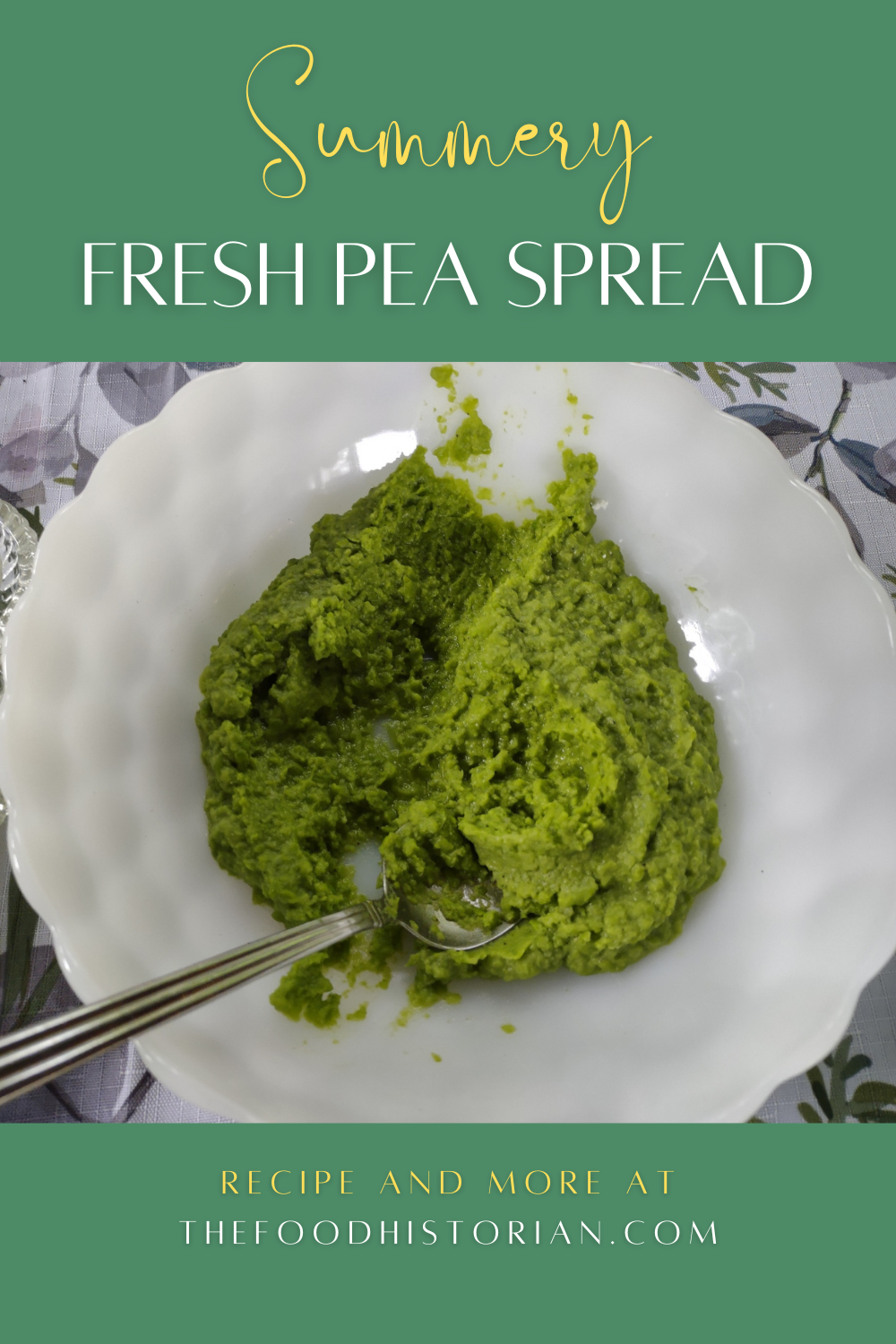
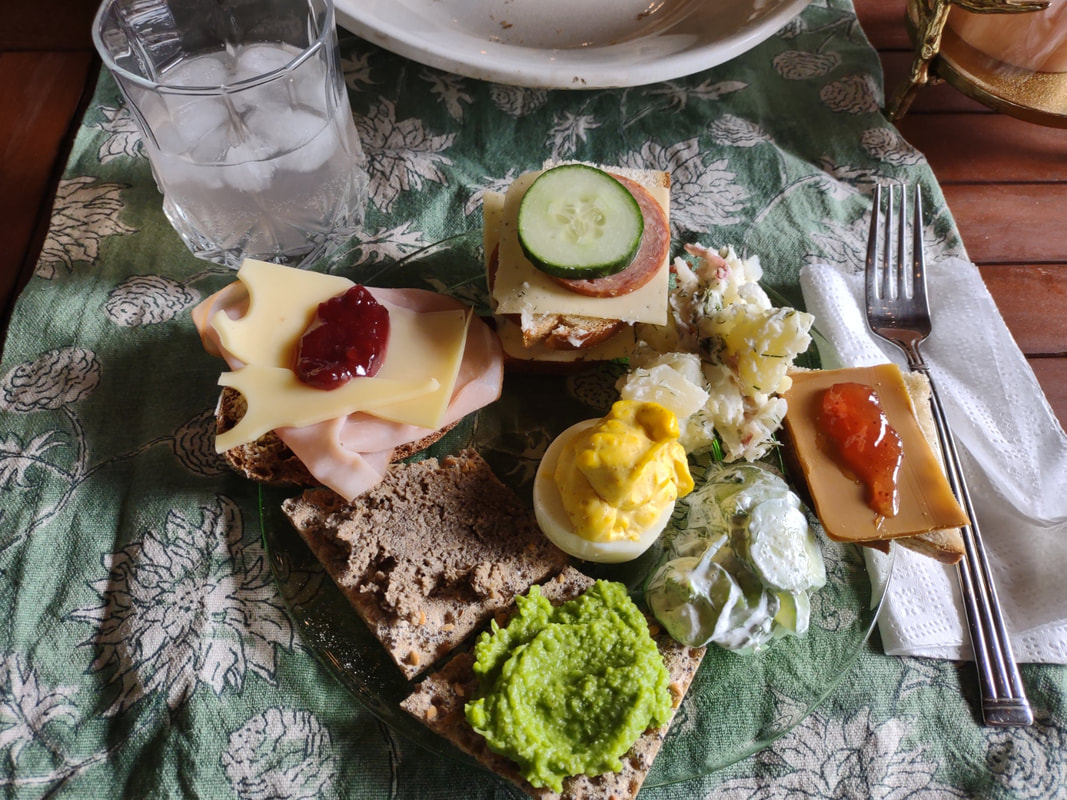
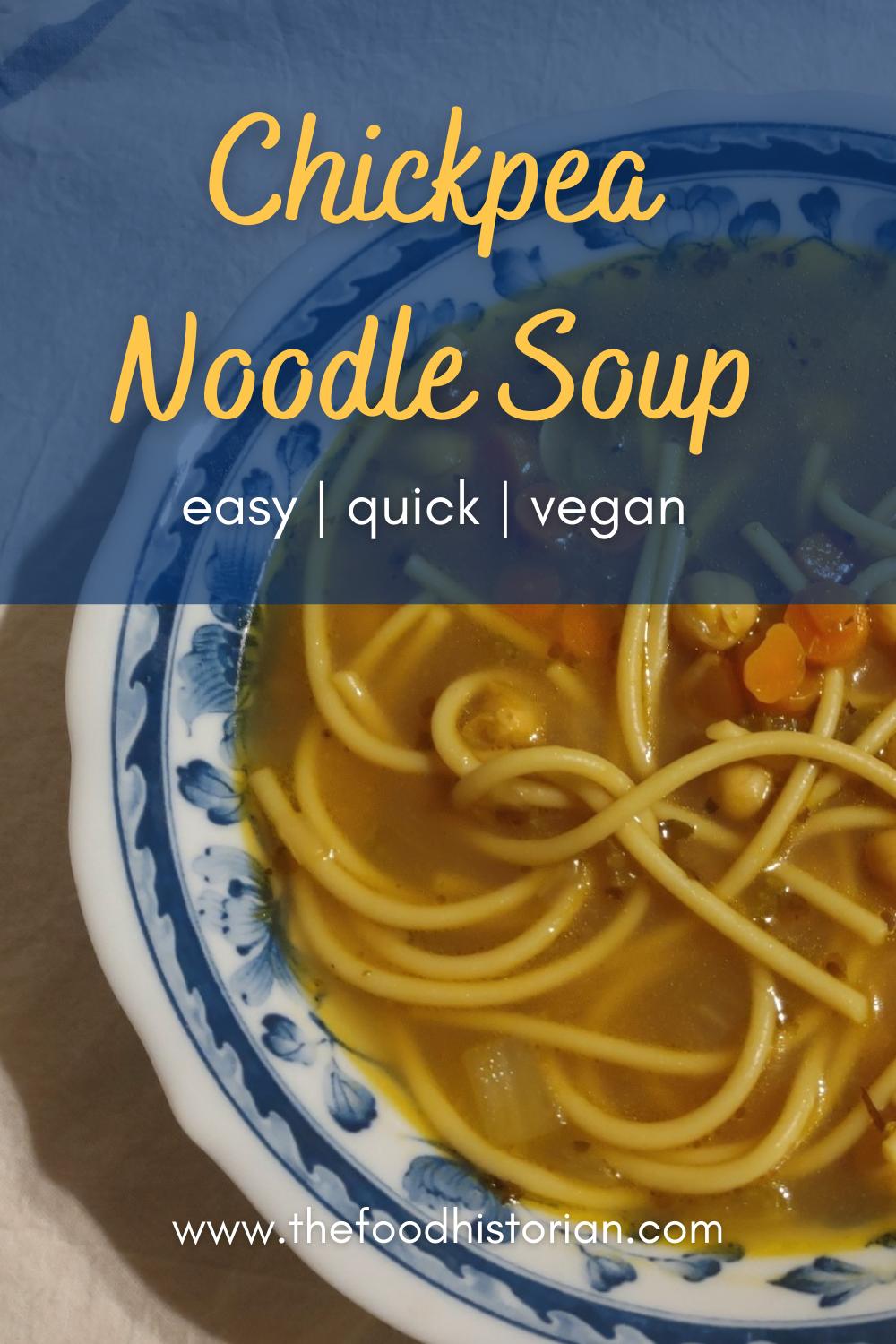
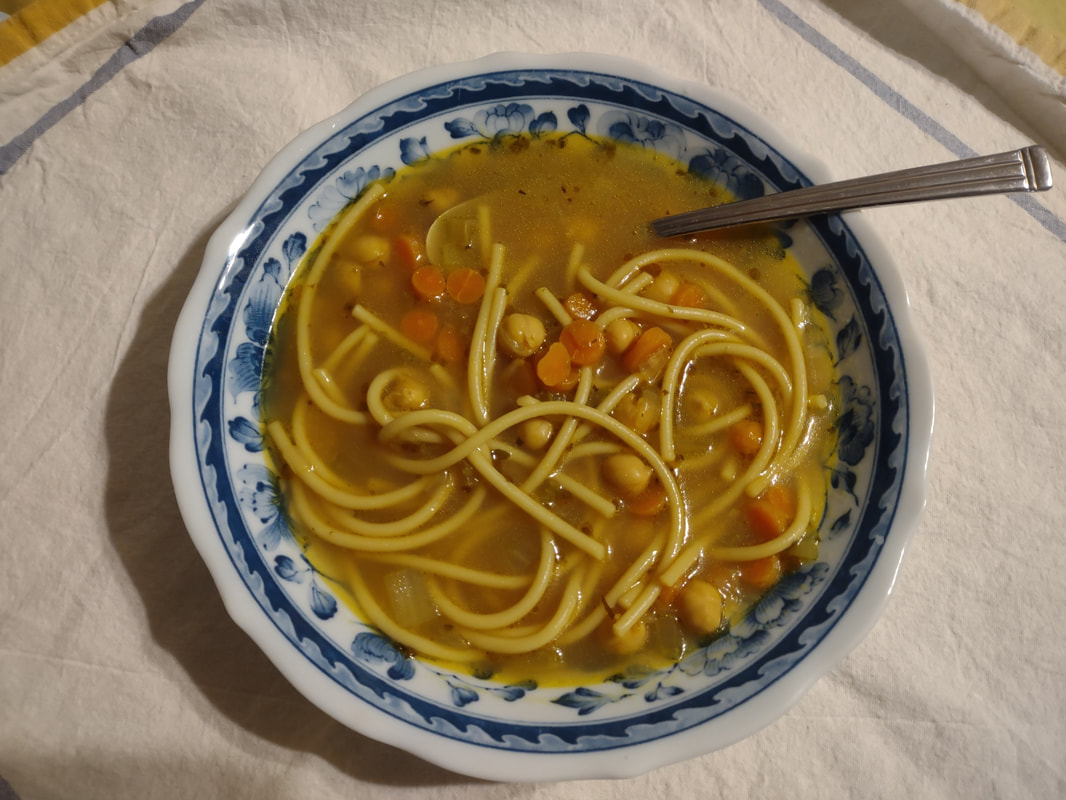
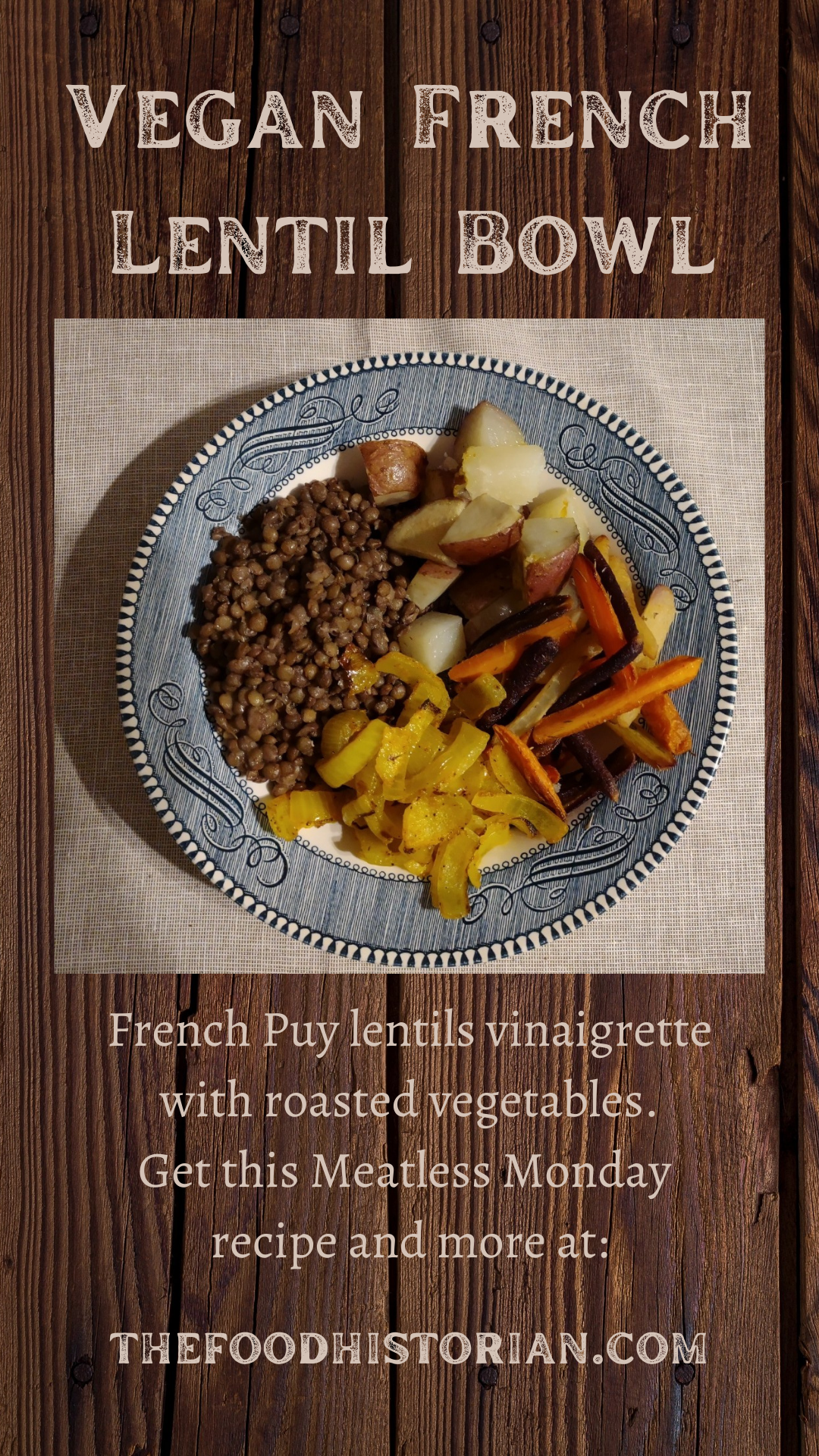
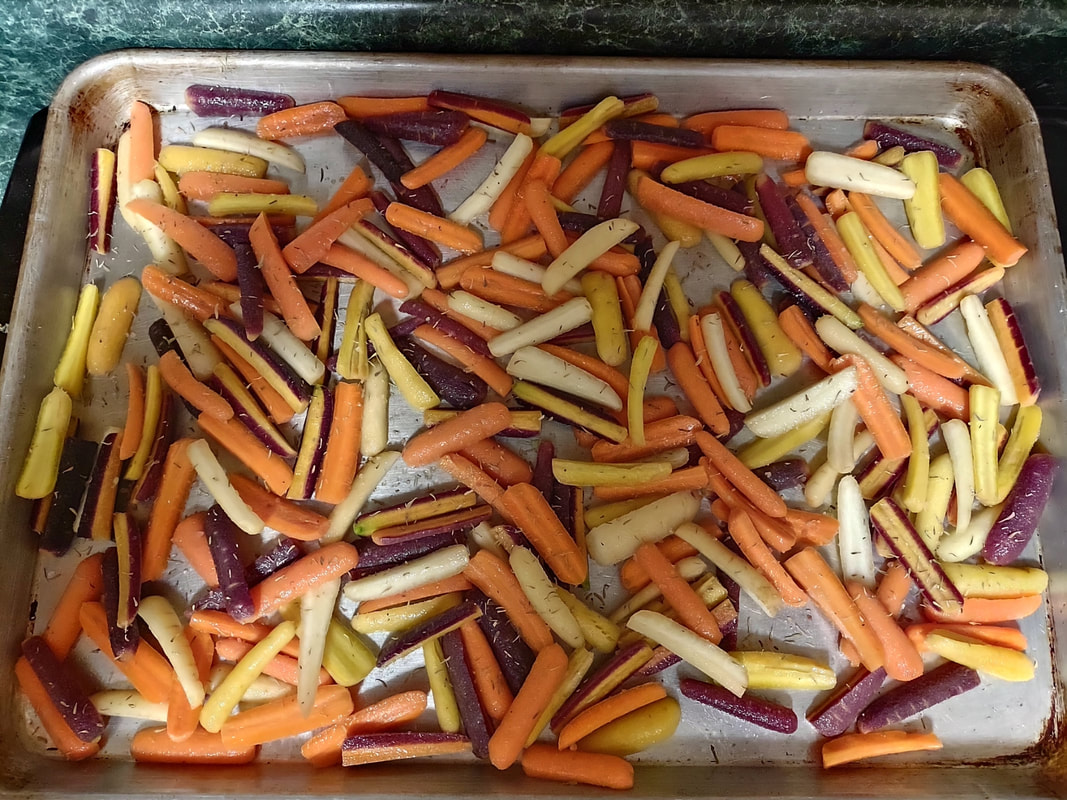
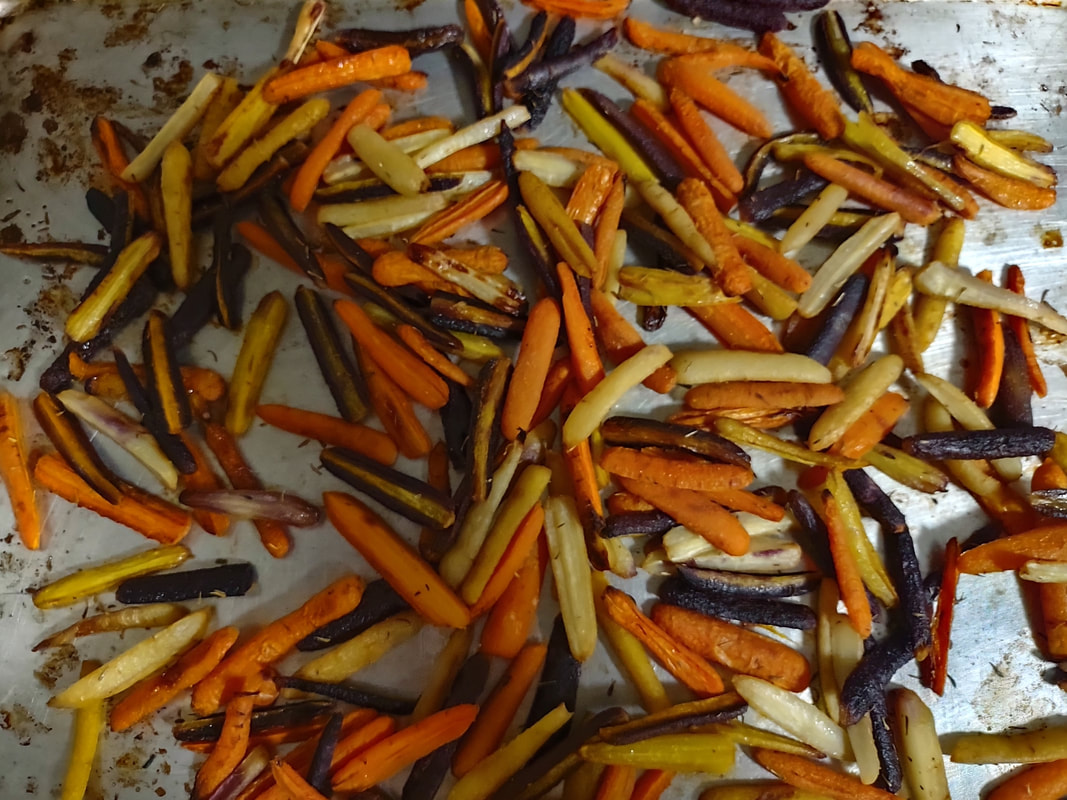
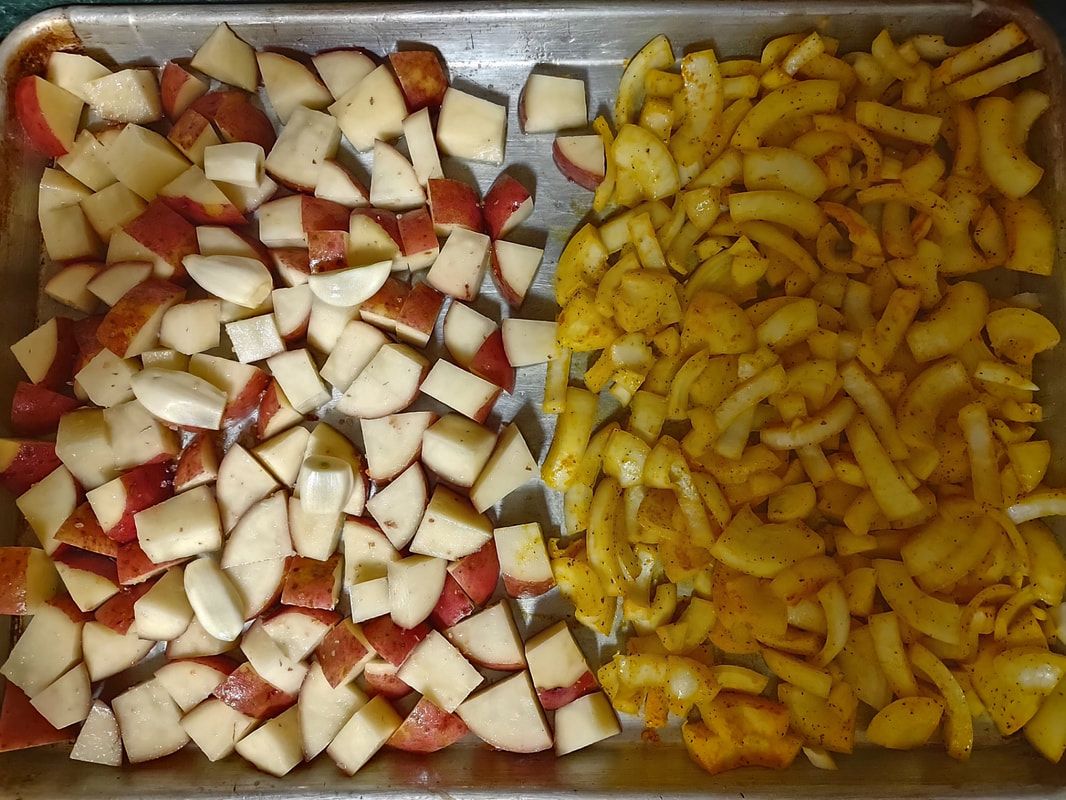

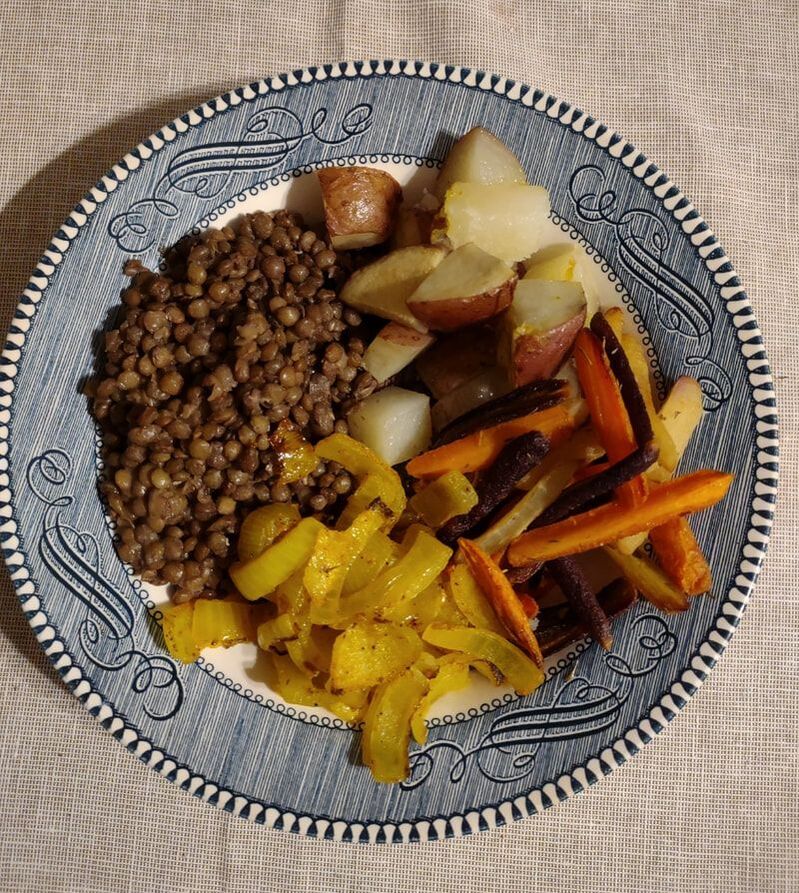
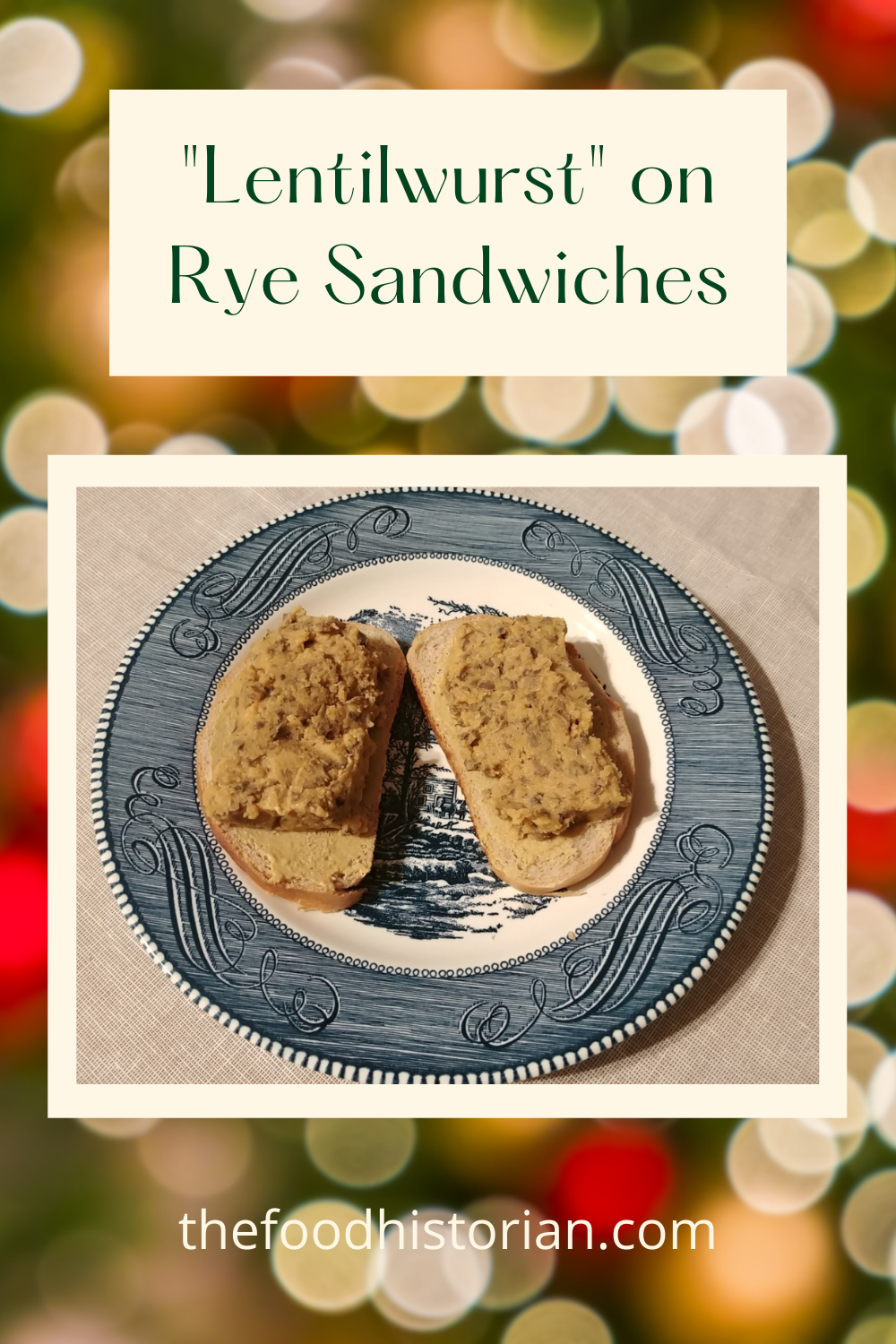
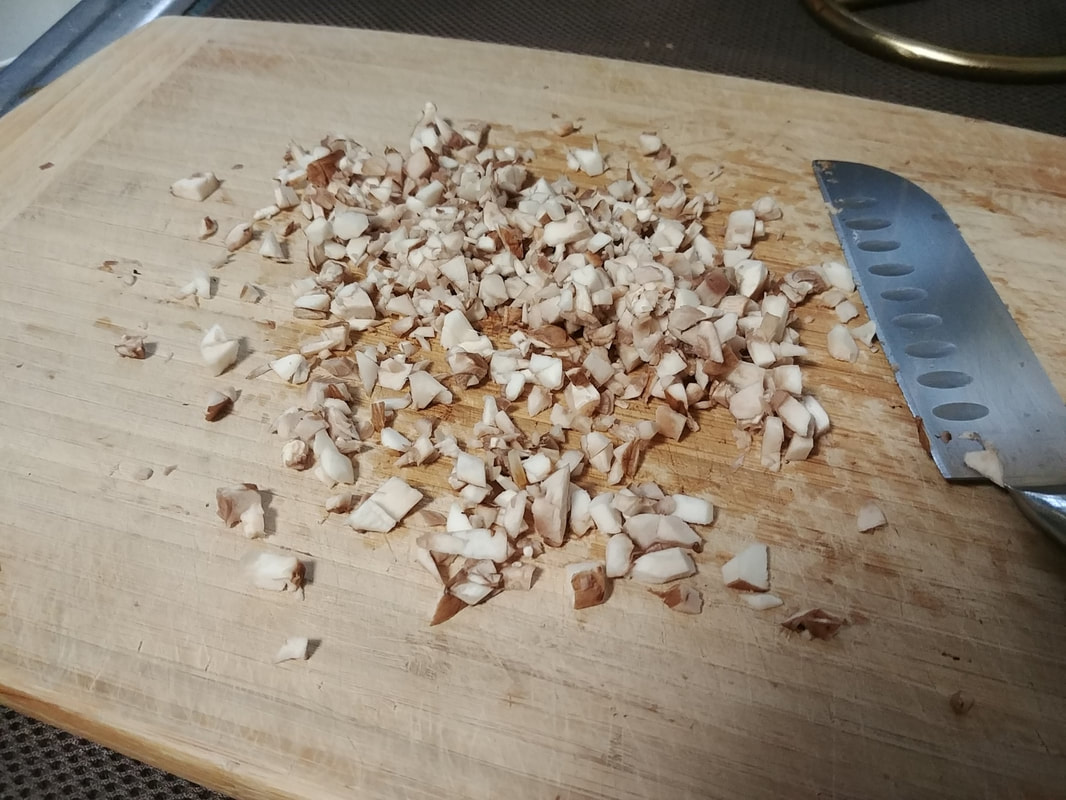
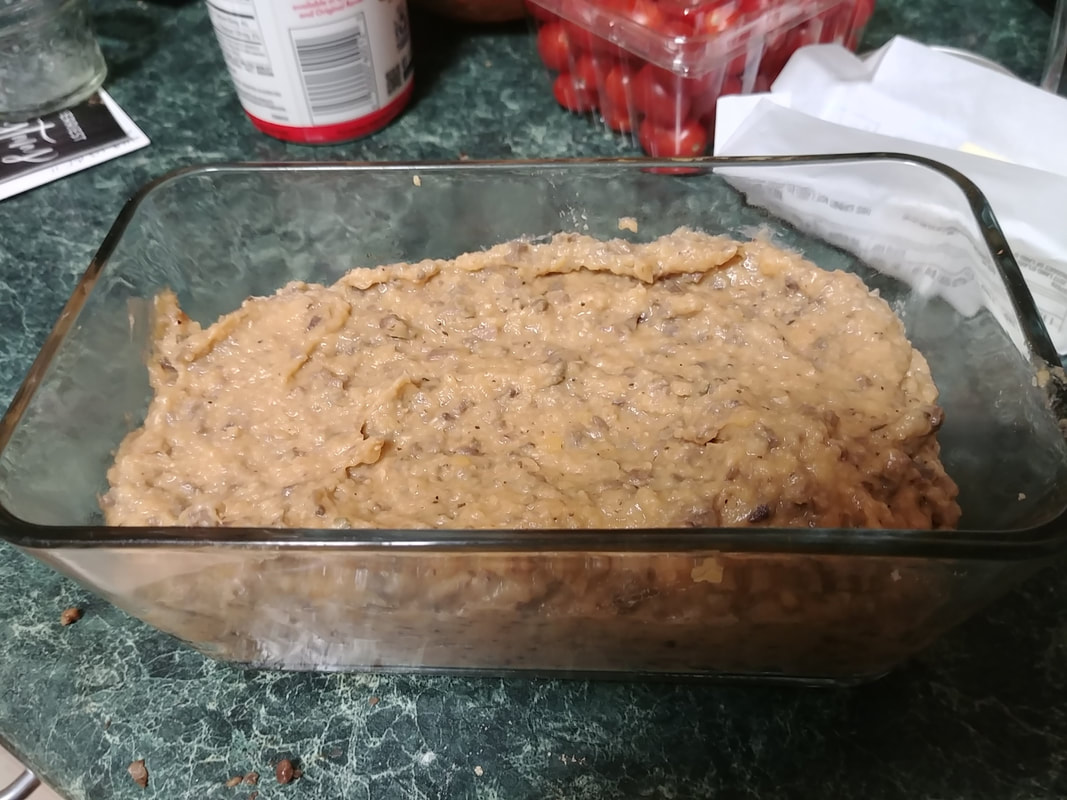
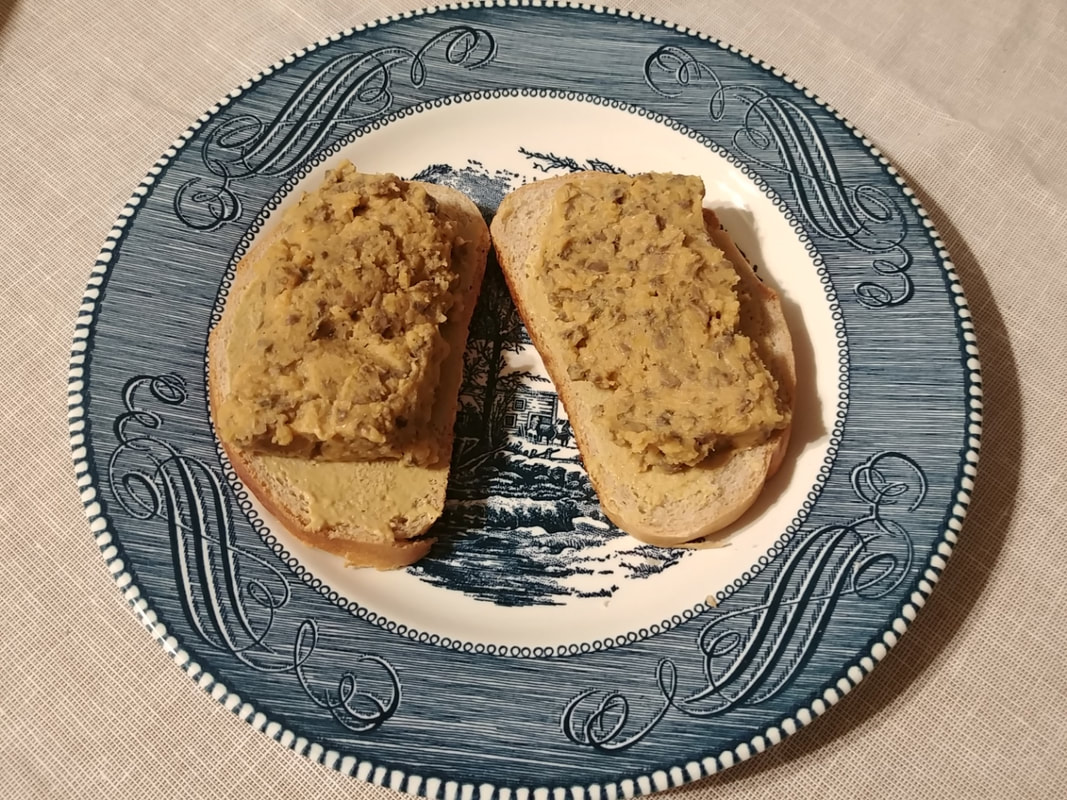
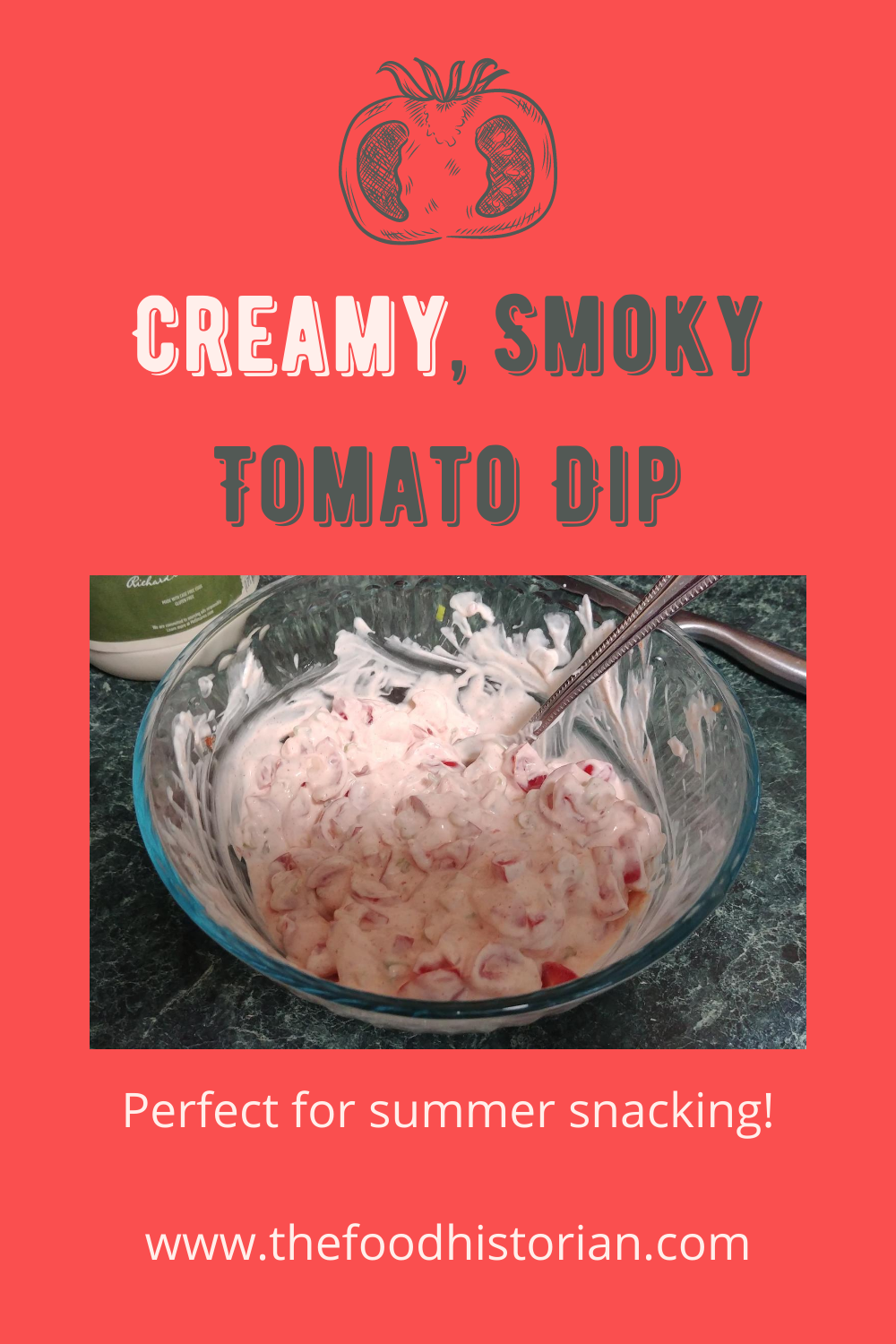
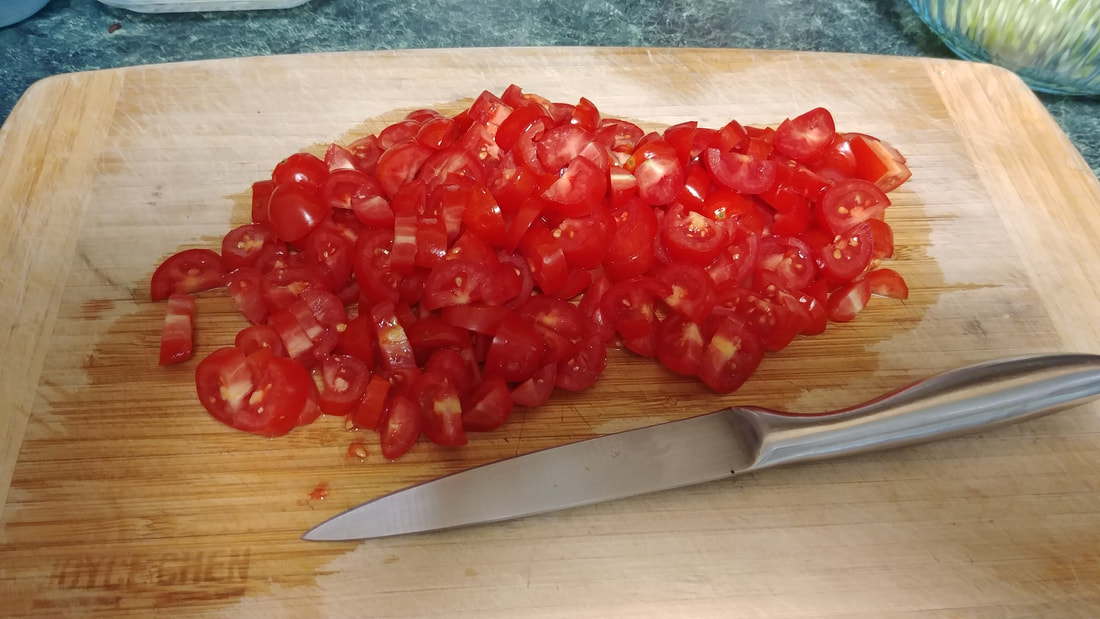
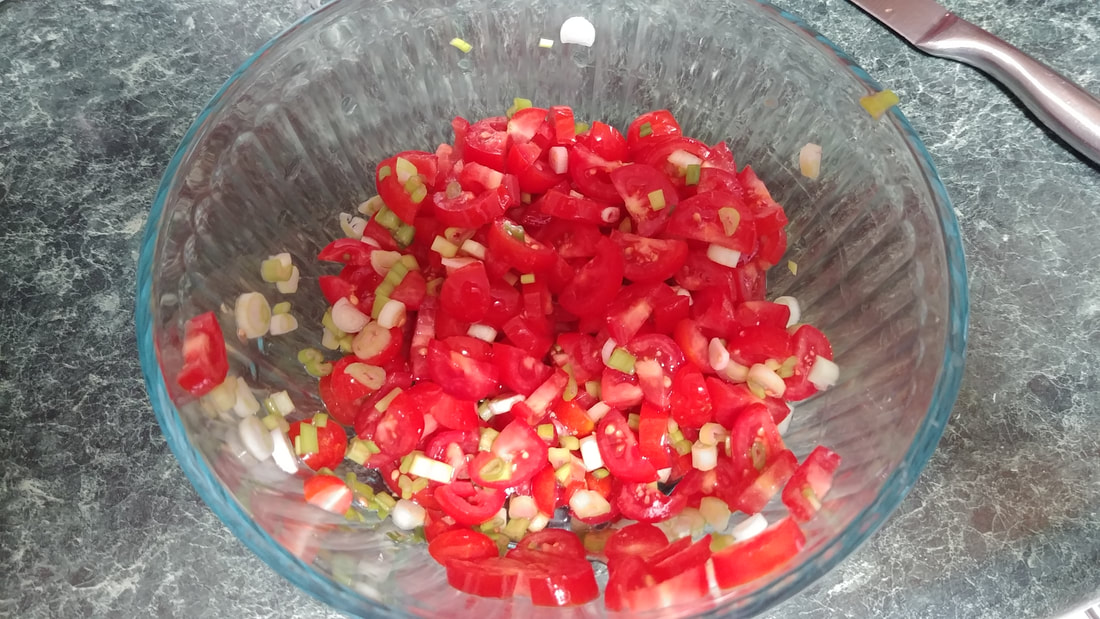
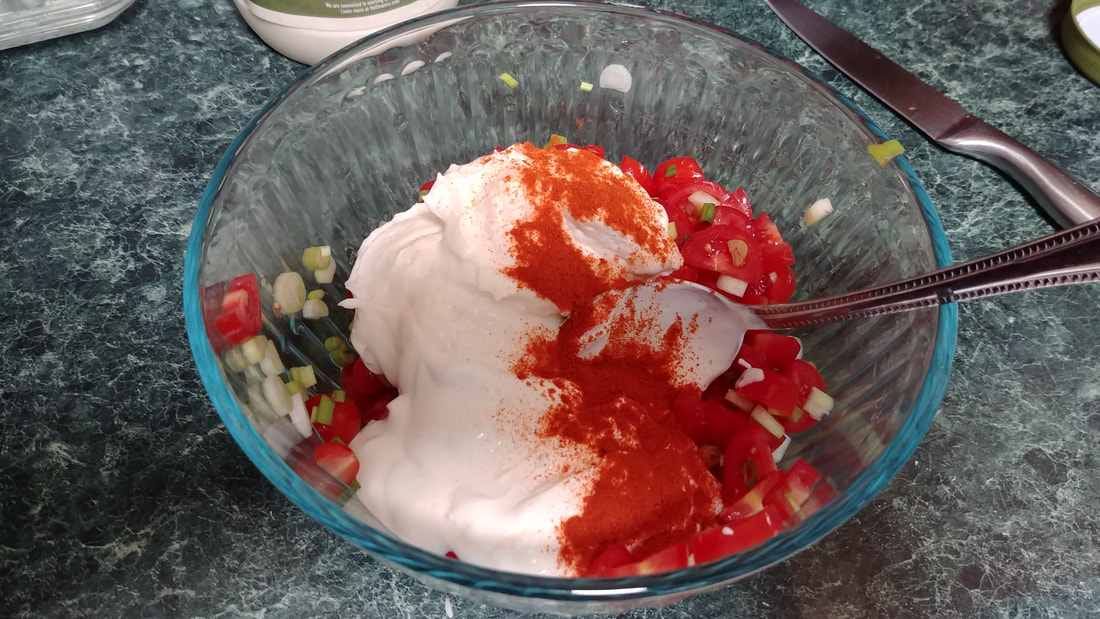
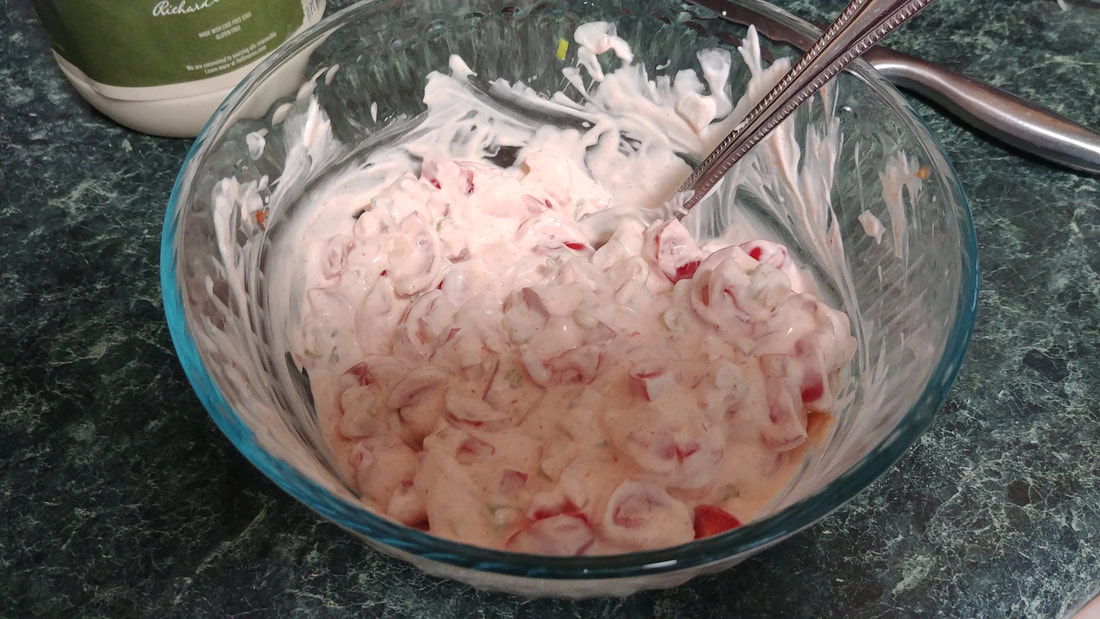
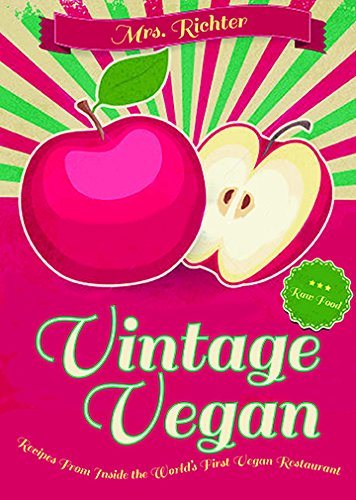
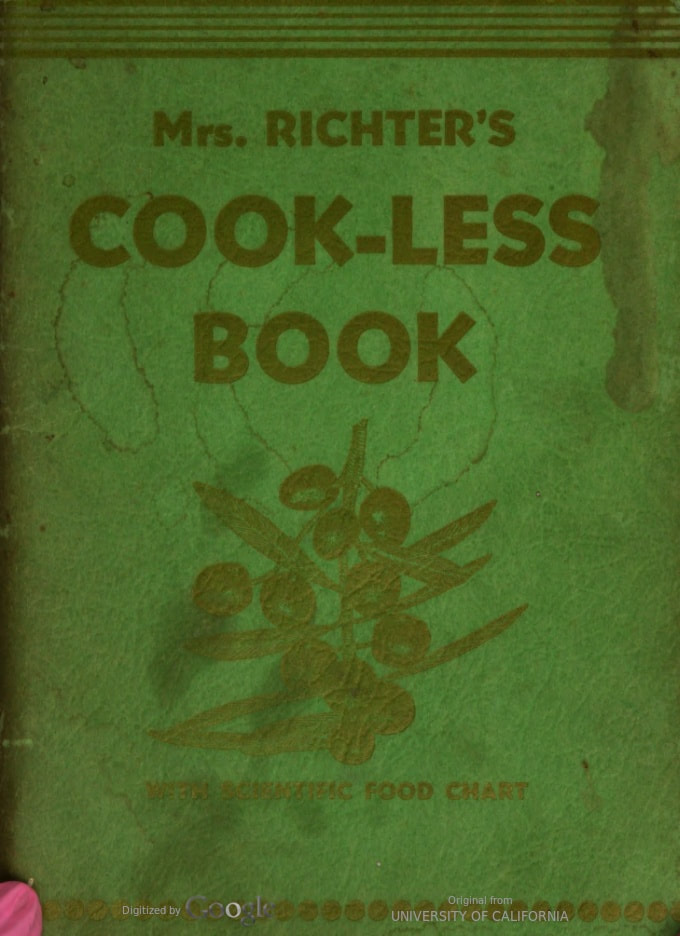

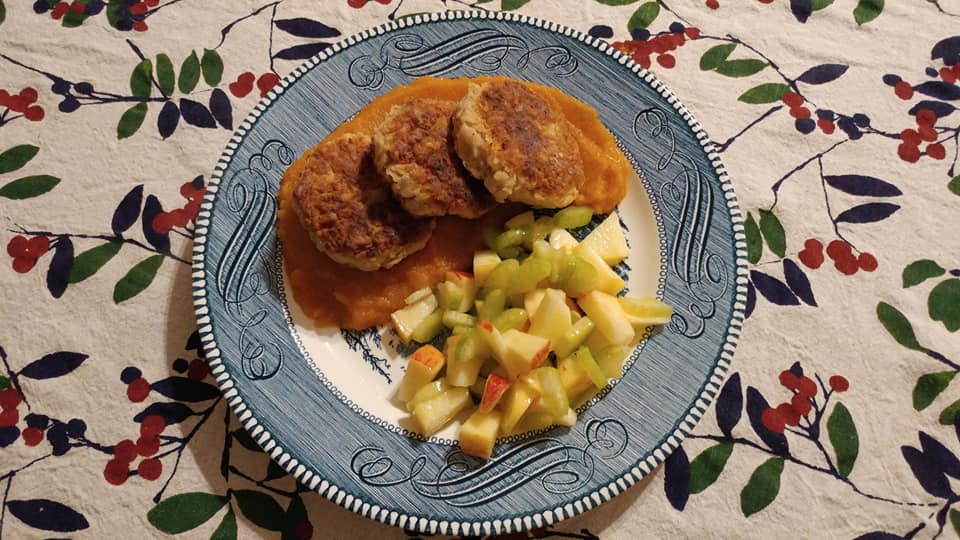

 RSS Feed
RSS Feed